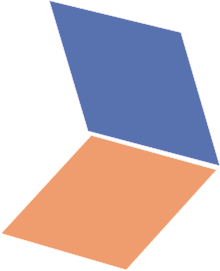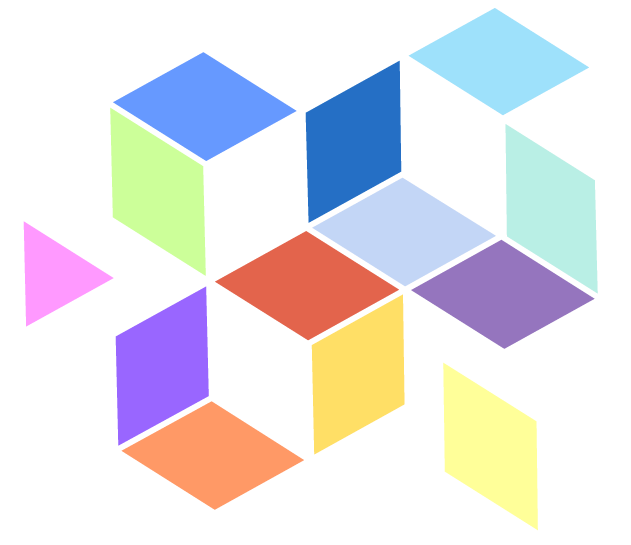African youth language practices have been studied more intensively in the last 30 years. Youth language refers to specific innovative ways that young people use language and that differs from “standard” language. Studying the creative strategies that speakers employ helps us to better understand language change. In Africa, there are many named youth languages that serve as important markers of identity in multilingual societies.
Microvariation is an approach that looks at morphosyntactic variation, which means the ways in which people use words and grammatical markers to create sentences and complex meanings. Specific features that we are looking at in this project include:
- Agreement patterns (e.g., variation in subject and object marking)
- Relativisation strategies (e.g., parallel developments across different languages including innovative markers, recycled grammatical material)
- Variation in TAM marking (e.g., emerging TA markers such as the reintroduced –ag-)
- Derivational properties (e.g., including evaluative morphology, class shift)
- Sentence types and clause structure (e.g., changes in word-order, formation of conditional clauses, questions)
The Bantu languages constitute a group of some 450-600 languages spoken across much of Central, Eastern and Southern Africa. There is a long tradition of comparative work on the Bantu languages, dating back to at least the 19th century. Much of the early work was concerned with classification and tracing historical developments, and was primarily based on lexical and phonological data. The last twenty years have seen a significant advancement in our understanding of variation in Bantu languages in relation to morphosyntax.








